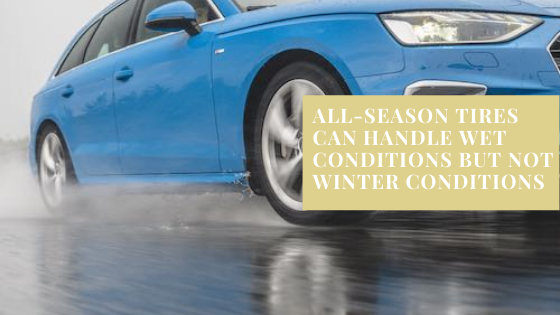Winter tires options are mostly dependent on where you live and how you use your car. In addition, what type of vehicle you have will matter. It is important that you have the proper winter tires mounted on your vehicle if you intend to drive in winter conditions. The tires have to be designed for the conditions that you tend to have. It is dangerous to attempt to drive with tires that are not approved for winter use. When you are planning to drive in winter conditions, you should make sure that the tires are approved for winter conditions. There should be a symbol on the sidewall of the tire with a mountain with three peaks with a snowflake symbol inside the depicted mountain. This is what is often referred to as the 3PMSF symbol. This is the proper winter symbol indicating that the tires are approved for winter use. The M+S marking indicates that the tread is optimized to handle mud and snow, but this isn´t sufficient for safe driving during the winter months.
When you select snow and winter tires, you have basically two different types of dedicated winter tires, which means that they should only be used during the winter season and should be combined with all-season tires for the other seasons. The studded tires have metal studs protruding from the tread to give you the best grip on ice and have specially designed treads to provide good performance on snow and slush.
There are also non-studded tires, which have a similar tread design for snow and ice and have incorporated features for improving the grip on icy surfaces to compete with the studs. The studs are still a bit better, as they are more flexible to use as they are free from regulations when you drive. Both are great winter tire options so that you can drive safely even through harsh winter weather.
Both the dedicated winter tire options are safe options when you drive during the winter. It is important to invest in premium tires of high quality and that you ensure that they are being used on your vehicle during the whole time that you have winter conditions. They obviously have to be mounted on your vehicle before the first snow arrives and preferably already when the temperature drops below 45°F, as that is when the winter tires outperform the all-season tires. So make sure that you change in time and that you keep them on long enough.
You also have a third option for areas where the winters are not that prevalent or that harsh, that is, the all-weather tires that works fine on winter conditions if they are winter approved. These tires can be used at any conditions during the year, so that you are always ready to drive regardless of the current or the approaching weather. The last thing that check is that you have special tires for your SUVs, electrical or hybrid vehicle; check that they are designed for that purpose.
For more information regarding winter tire options, visit: https://www.nokiantires.com/
